

Table of contents
- location and soil
- watering and fertilizing
- cut
- hibernate
- repot
- propagation
- head cuttings
- sowing
- Possible pests
- white bow tie
- aphids
- spider mites
- Conclusion
Flowering mallow Abutilon megapotamicum is a semi-climbing, semi-shrubby species also known as Japanese maple and velvetleaf. The upright growing shrubs form overhanging shoots. What is special about this plant are its flowers. Bright yellow corollas with a brown pistil protrude from a fiery red, balloon-like calyx. When cultivated in a bucket, for example on a balcony or terrace, this flowering hollyhock can reach heights of up to 150 cm. The winter should definitely be frost-free.
location and soil
All species have in common the requirement for a warm and sunny to semi-shady location without direct sun. A few hours of sun in the morning and evening are ideal. Adequate shade must be provided for a sunny window seat. From the middle/end of May until autumn she can go outside. Outside, it should be in a wind and rain-protected place and protected from the blazing midday sun. The tender shoots of the flower maple are relatively sensitive and could be damaged if left unprotected. This plant thrives best at temperatures between 19 and 21 degrees, correspondingly cooler in winter. The substrate should have a pH between 6.0 and 6.8. It can be a compost-based potting soil that is permeable and has the highest possible humus content. Not to forget a drainage layer to protect against waterlogging.
Tip:
If the flower hollyhock loses leaves, this can be due to strong temperature fluctuations, a location that is too dark and draughty, but also a change of location.
watering and fertilizing
It should be watered plentifully and regularly from spring to autumn without causing waterlogging. The substrate should always be evenly moist and the root ball should never dry out completely. Before each watering, the top layer of substrate is allowed to dry slightly. Excess water in the saucer or planter must be removed regularly. It should also be fertilized regularly, from April to August/September once every 2 weeks. Suitable for this are a. commercial liquid fertilizer, flowering plant fertilizer or fertilizer sticks for flowering plants.
cut
- Flowering mallow tends to become bare and sparse over the years.
- Regular pruning is therefore recommended.
- This can be done in early spring or immediately after flowering.
- Flowering mallow can also be cut back more vigorously, up to halfway or down to the old wood.
- In addition, cut out unsightly or disturbing as well as withered shoots.
- If the right time for pruning has been missed, it can be blended in autumn.
- In this case, cut before putting them away in winter quarters.
Tip:
To keep the plants compact and not bare, young plants can be pruned several times a year.
hibernate
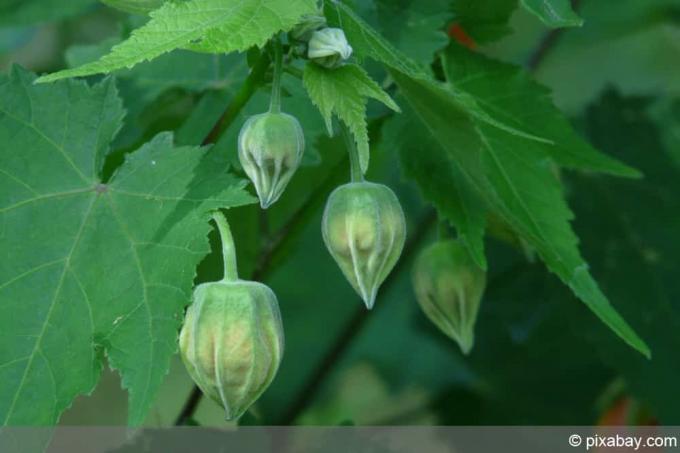
Flowering mallows are basically not hardy and need a frost-free hibernation in a bright room at temperatures between 10 and 12 degrees. The room temperature should not rise above 15 degrees. In winter it is watered much more sparingly, the cooler the hibernation, the less watering. The bale should not dry out completely even in winter. Fertilizer is now completely dispensed with. Before putting plants outside again in spring, harden them off to avoid sun burns. It is best to place them in a semi-shady place for the first 1-2 weeks. After these 2 weeks, the flowering hollyhock can then be placed in its final place.
Tip:
Strong temperature fluctuations should be avoided, they can lead to leaf and flower dropping.
repot
- If the pot is heavily rooted, repot Abutilon megapotamicum.
- The best time to do this is in March.
- First remove the plant from the pot and remove the old soil.
- Also cut off dead roots.
- The new planter should only be slightly larger than the old one.
- Drainage holes and drainage layer essential to allow excess water to drain.
- Immediately after planting, shorten the flowering hollyhock by about a third.
- This results in better branching.
After repotting, the plant should not be exposed to direct sunlight for the first 2-3 weeks. Older specimens should be repotted annually.
propagation
head cuttings
The simplest and most effective form of propagation is through cuttings. These are cut in the spring, they should be about 8-12 c long. The bottom leaves are removed and large ones shortened if necessary to keep evaporation as low as possible. Then you put one or more cuttings in the growing substrate, moisten it and put a translucent film over it for the first 3-4 weeks. The soil temperature should be around 22 degrees. To avoid rotting and mold growth, the film must be removed from time to time and the whole thing ventilated. Place the culture vessel in a warm and bright but not sunny place. Abutilon megapotamicum needs ambient temperatures of 19-22 degrees for root formation. After rooting, which can be recognized by a new shoot, the young plants can be planted in the garden.
Tip:
A suitable cultivation substrate can be found e.g. B. You can also make your own from equal parts sand and peat dust.
sowing

When sowing, the seeds should only be lightly covered with soil because they germinate in the light. It is best to use an indoor greenhouse. Place the seeds in seed soil, press them down lightly and moisten the substrate. It should always be slightly moist until germination and never dry out. To avoid mold or rot, remove the cover briefly here too. Under optimal conditions, the seeds will germinate within 2-3 weeks.
Tip:
If you use seeds from your own harvest, it can happen that the new plants have different properties than the mother plants. This is the case when the mother plants are hybrids.
Possible pests
white bow tie
An infestation often occurs when the air in the room is too dry. It is shown by the leaves turning yellow, drying up and falling off and of course small white flies on the plant. The number of adult animals can be reduced with yellow boards or yellow stickers. To combat the larvae, there are systemic preparations available from specialist retailers. The natural predators include parasitic wasps and sciatica, which can be purchased from beneficial insects. As a preventive measure, optimal site conditions and care should be taken into account.
aphids
Aphids mainly attack young shoots and flower buds. Stunted shoot tips and stunted flowers can indicate an infestation, as can sticky honeydew on the leaves. If there is an infestation, you can shower the plant thoroughly, not forgetting the undersides of the leaves. Before that, you put the entire pot in a plastic bag that you close at the top so that no lice can fall on the substrate. In the case of a severe infestation, chemical agents from specialist shops can help. In order to do without chemicals, one can also use natural predators such as e.g. B. lacewings, gall midges or ladybirds.
spider mites
A spider mite infestation shows up as fine white webs, especially in the leaf axils. On the other hand, spraying with vegetable decoctions or suitable neem oil products helps. Beneficial insects such as lacewings, assassin bugs, gall midges, parasitic wasps or ladybirds can also be used here.
Tip:
No matter what pests the plants are infested with, they should always be isolated immediately from healthy plants to prevent infection or infection. to prevent spread.
Conclusion
Under optimal conditions, the hanging flower hollyhock can grow quite luxuriantly and become relatively large. The attractive flowers make the plant an eye-catcher all summer long. The care is quite undemanding, only frequent changes of location, too dark locations and strong temperature fluctuations should be avoided.
 garden editorial
garden editorial I write about everything that interests me in my garden.
Learn more about summer flowers
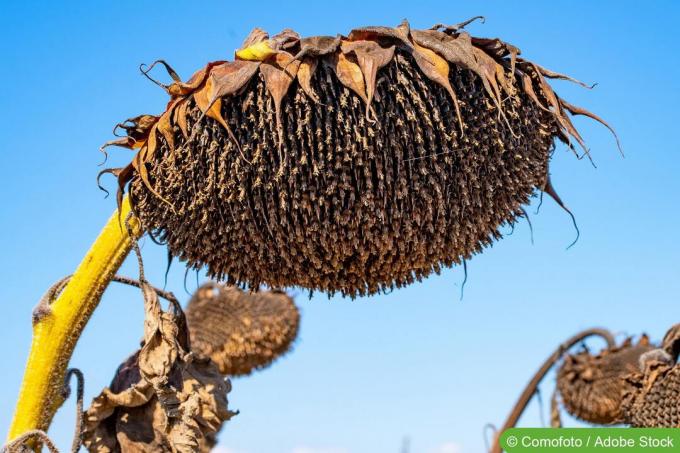
Should you cut off faded sunflowers?
Sunflowers bloom for a long time, but unfortunately not forever. Is it better to cut off the faded flowers or let nature take its course? Both are possible! It depends on the sunflower species and what you want to do with the ripening seeds. Read here whether you should cut off faded sunflowers.
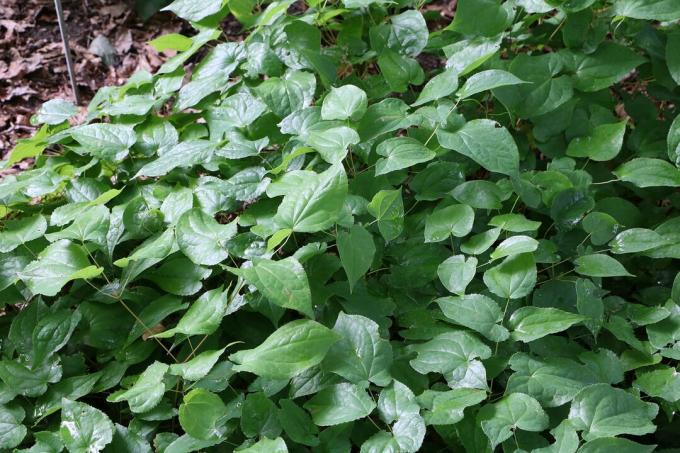
Elf Flower, Epimedium: 12 Tips for Grooming & Pruning
The elf flower transforms shady locations into a sea of flowers. Delicate flowers appear in white, yellow, pink, red or violet. The ground cover with the heart-shaped leaves is also decorative when not in bloom. We have put together the most important care tips for you.

Liver Balm, Ageratum: 10 tips for care
The leather balm is a daisy family that comes from Central and South America. In our latitudes, liver balm has been very popular for a long time, because here the plant does the trick not only a great figure as a gap filler between different perennials, but also in the form of one carpet of flowers.
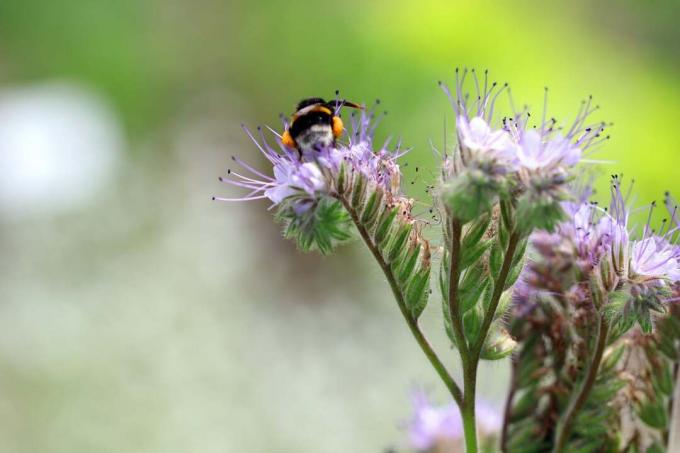
Bee friend, Phacelia: 8 tips for care
The cultivation of the tufted flower is not particularly difficult, because the plant turns out to be undemanding and easy to care for. If you take into account the basic requirements of this flowering perennial, you will benefit from its positive effects on biodiversity and soil conditions.
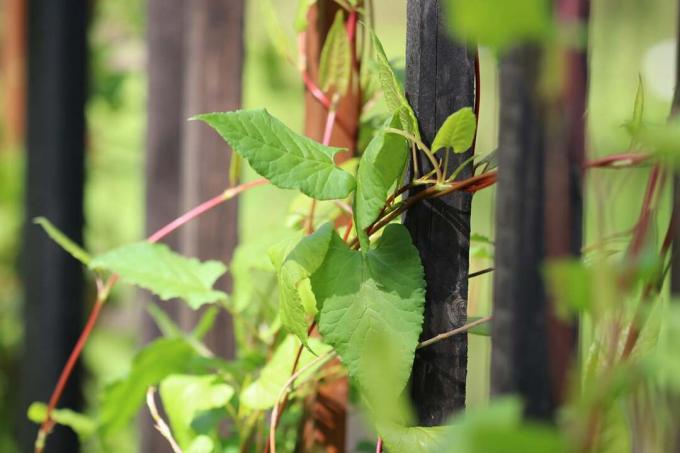
Climbing knotweed, Fallopia baldschuanica: Care from A – Z
A popular bee pasture but also a fast-climbing plant in the garden is the climbing knotweed. The plant should therefore be cultivated in the garden with some caution and appropriate care. Fallopia aubertii fits perfectly in a cottage or natural garden.
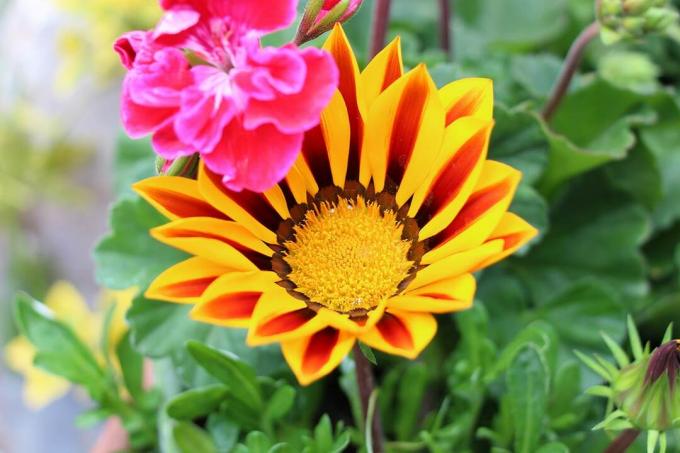
Is Gazania hardy? 6 tips for the winter
Gazania are commercially offered as annuals and not hardy. Hibernation works under ideal conditions, which require increased effort. Some varieties are considered hardy. The propagation of cuttings over the winter is an alternative to cultivating the plant perennial.



